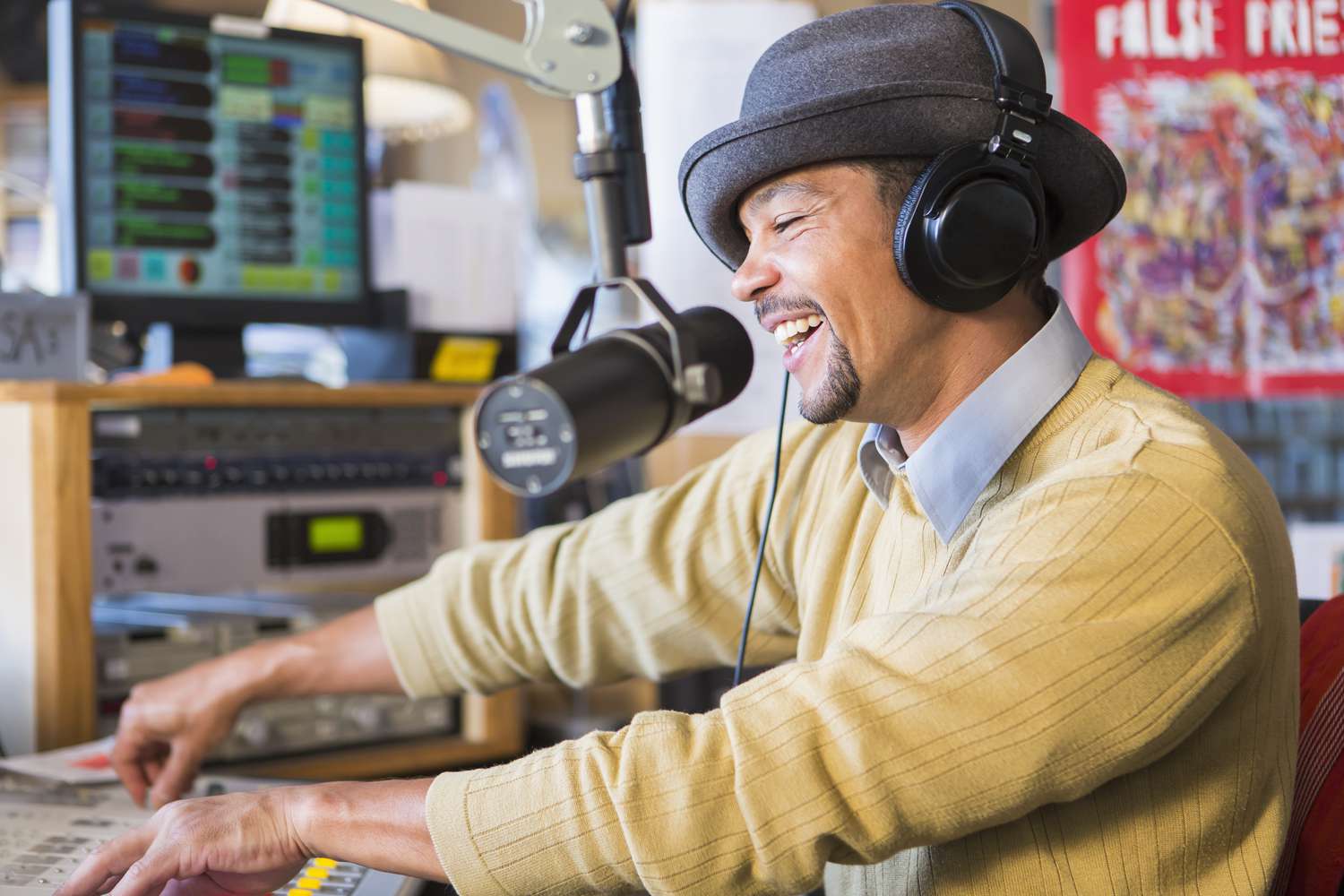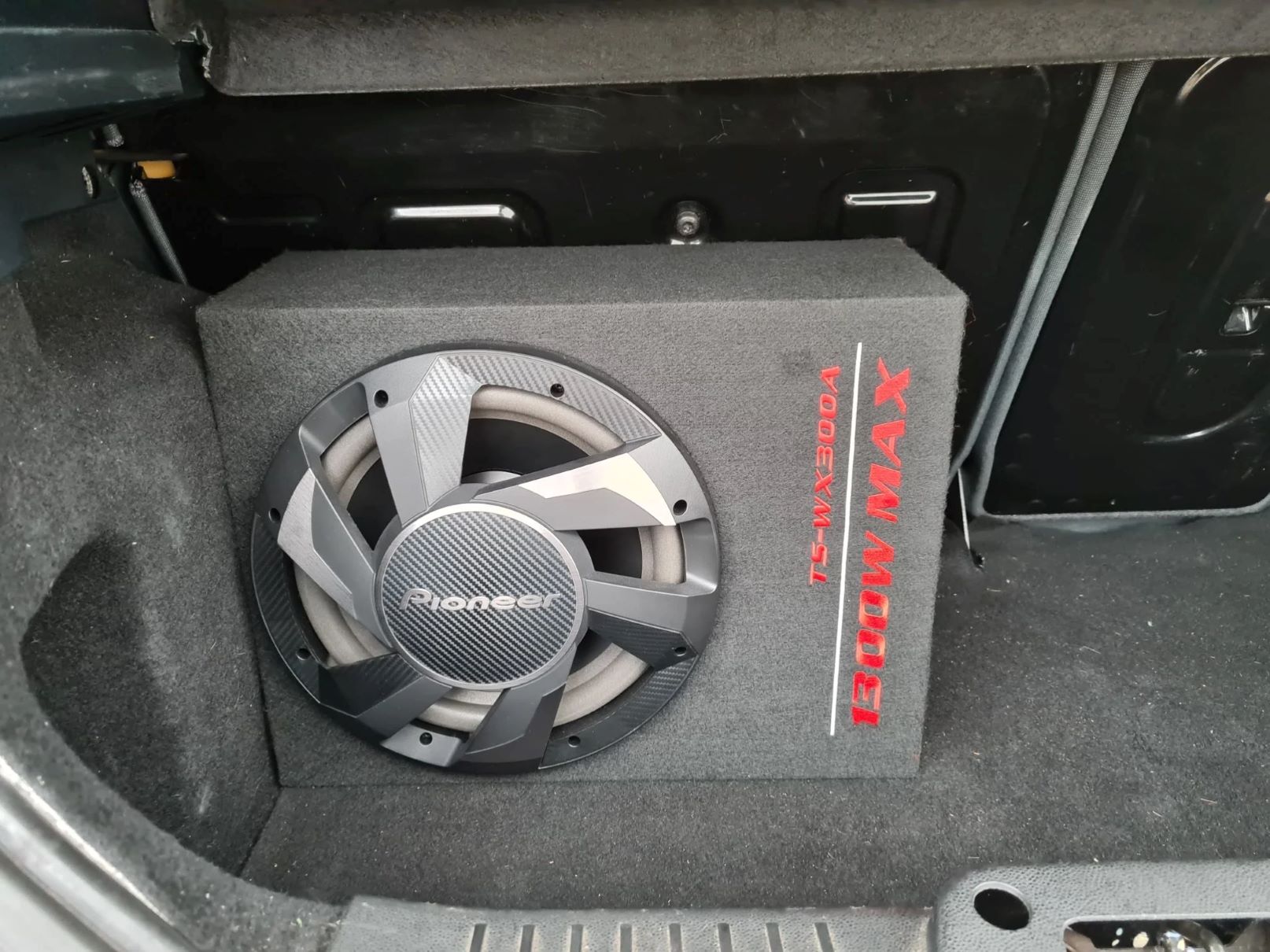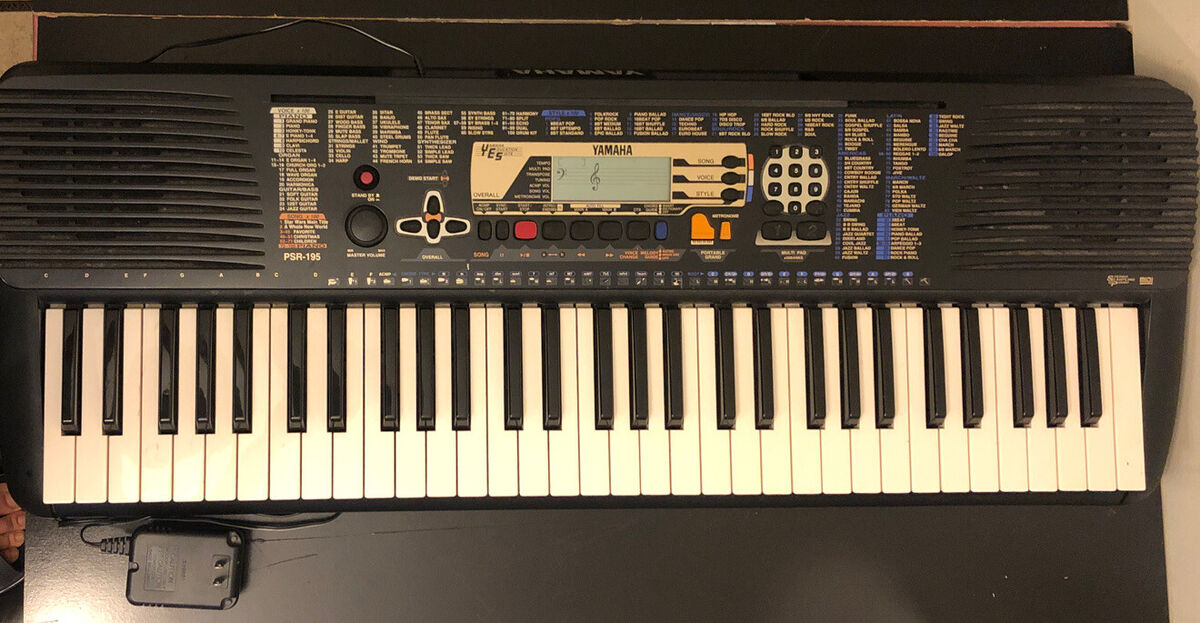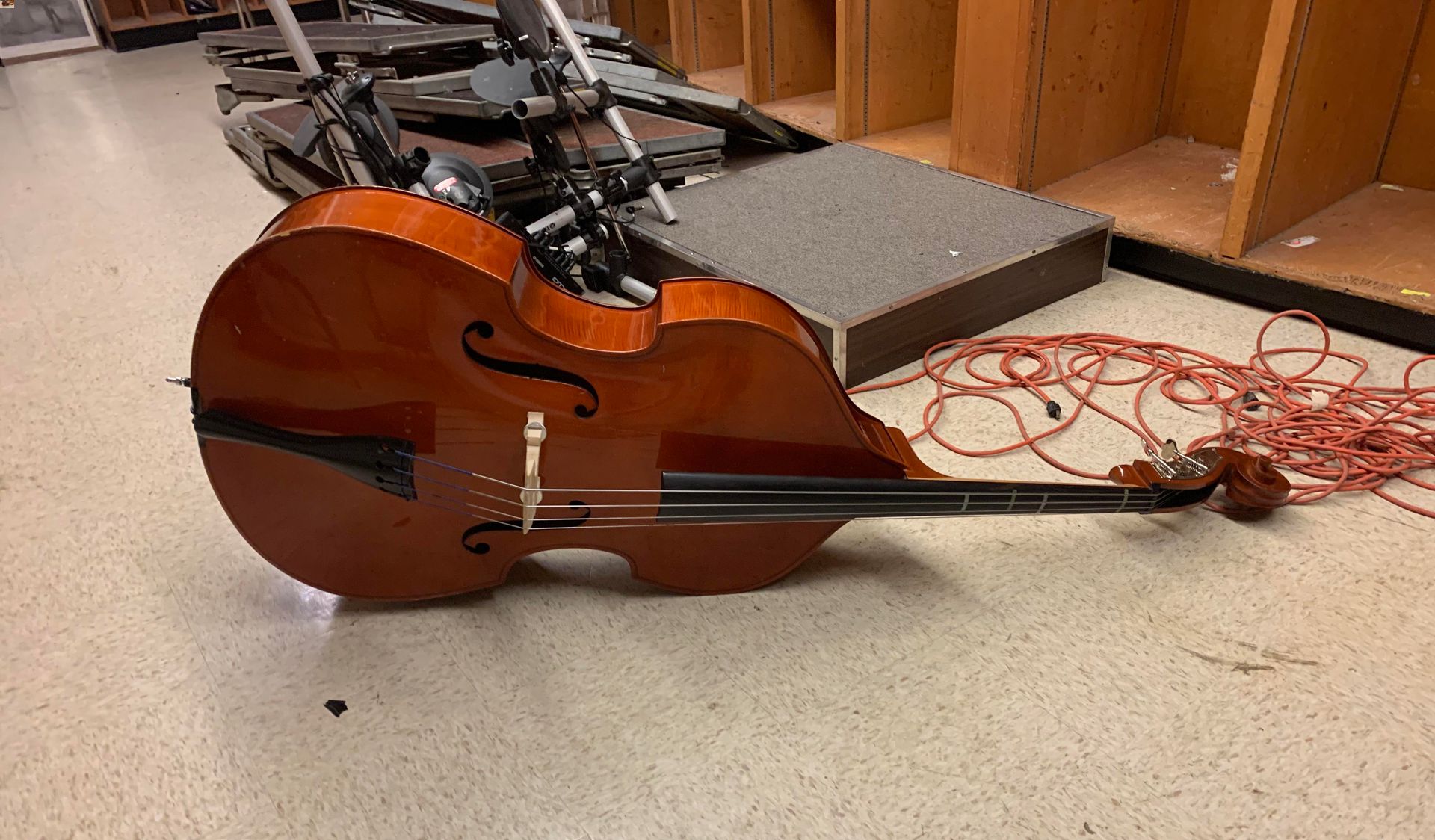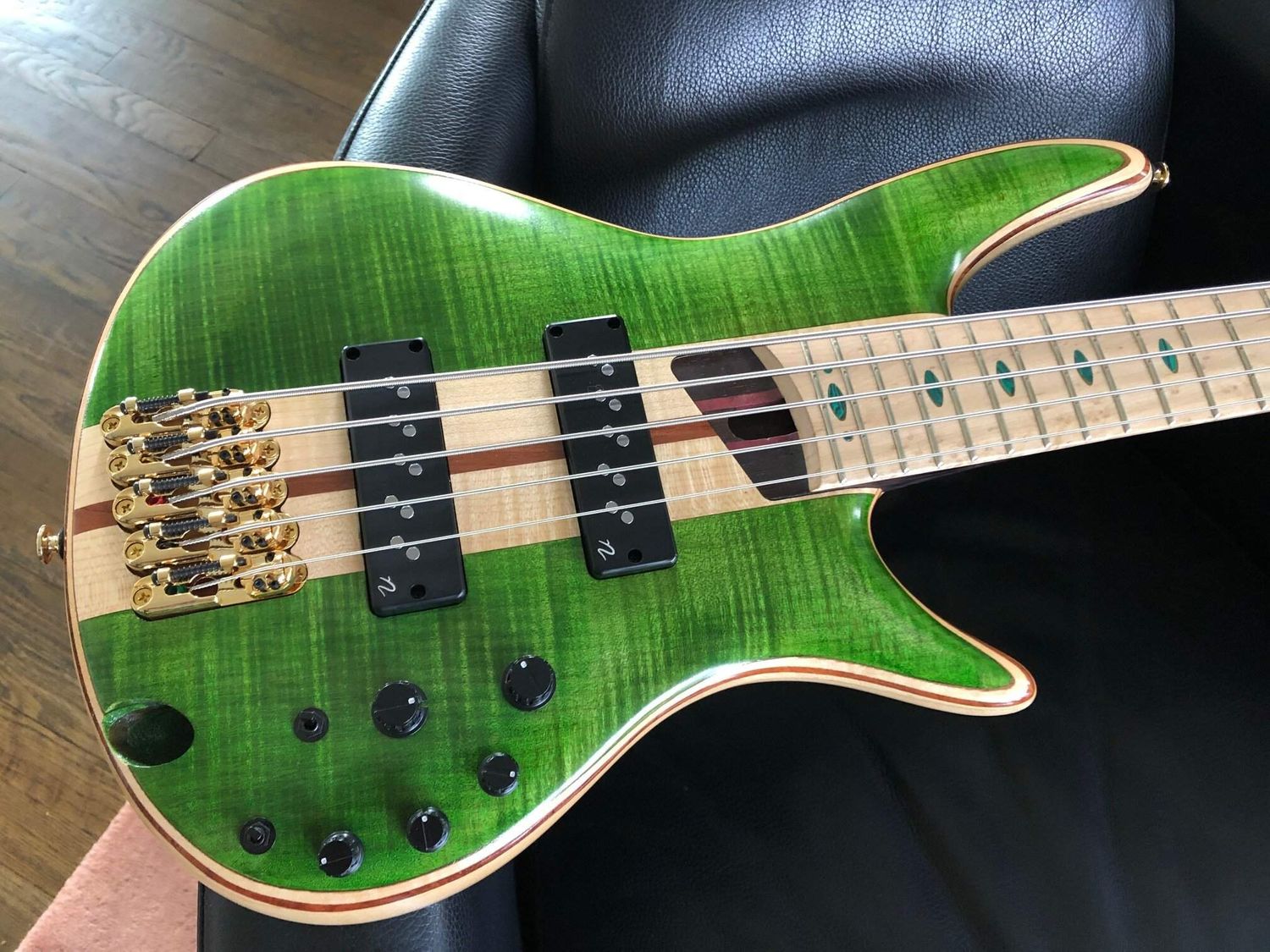Home>Devices & Equipment>Radio>How Much Do Radio Ads Cost
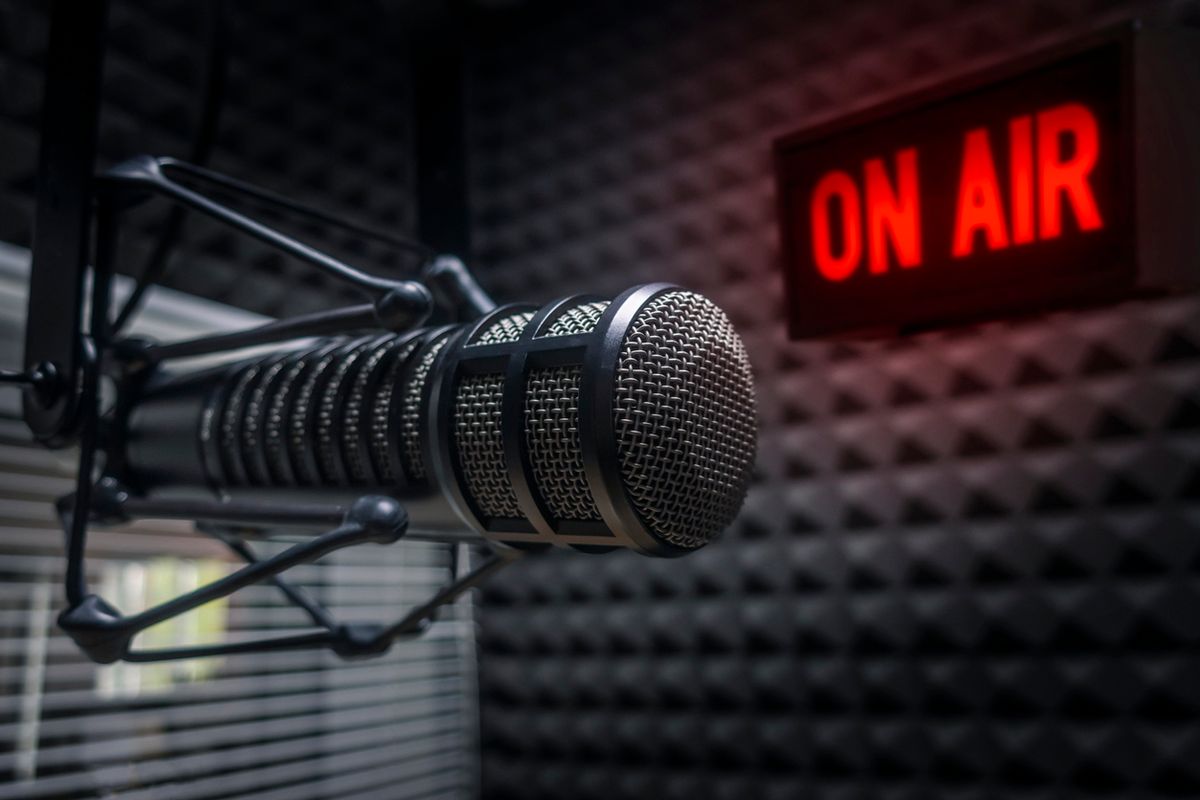

Radio
How Much Do Radio Ads Cost
Published: November 21, 2023
Discover the cost of radio advertising and learn how radio ads can fit into your marketing budget. Find out everything you need to know about radio advertising prices and strategies.
(Many of the links in this article redirect to a specific reviewed product. Your purchase of these products through affiliate links helps to generate commission for AudioLover.com, at no extra cost. Learn more)
Table of Contents
Introduction
Radio advertising has been a staple in the world of marketing for decades, capturing the attention of listeners across the nation. With its wide reach and ability to target specific demographics, radio ads are a powerful tool for businesses looking to promote their products or services. However, one crucial factor that businesses need to consider before diving into radio advertising is the cost.
Radio ad costs can vary significantly depending on various factors, including the location, radio station popularity, time slots, ad duration, and production costs. Understanding these factors and how they influence the pricing can help businesses make informed decisions about their advertising budgets and strategies.
In this article, we will examine the key factors that affect radio ad costs and provide insights on how businesses can navigate the pricing landscape. Whether you are a local business targeting a specific community or a national brand aiming for a broader audience, this guide will help you gain a better understanding of radio ad costs and how to make the most cost-effective decisions for your advertising campaigns.
Factors Affecting Radio Ad Costs
Several factors can influence the cost of radio advertising. Understanding these factors is crucial for businesses to plan their advertising budgets effectively. Here are some of the key aspects that impact radio ad costs:
- Market Size: The size of the market where the radio station is located can significantly affect the cost of advertising. Larger markets generally have higher advertising rates compared to smaller markets. For instance, advertising on a radio station in a metropolitan area like New York City will be more expensive than advertising in a small town.
- Listener Demographics: The demographics of the radio station’s listeners play a significant role in determining ad costs. If the station caters to a highly sought-after demographic, such as young professionals or affluent consumers, advertisers may expect to pay a premium for accessing that specific audience.
- Time of Day: Radio ad costs can vary depending on the time of day the ads air. Prime time slots, such as morning and evening drive times, are typically more expensive due to higher listener engagement. On the other hand, late-night or early-morning slots, known as off-peak hours, are generally more affordable.
- Day of the Week: Ad costs can also fluctuate based on the day of the week. Weekdays, particularly Tuesdays through Thursdays, tend to have lower advertising rates compared to weekends, when more listeners are tuned in.
- Seasonality: Seasonal demand can impact radio ad costs as well. For instance, advertising rates are often higher during the holiday season when businesses are competing for consumer attention. On the other hand, rates may be lower during slower seasons when advertising inventory is more readily available.
- Competition: The level of competition within the market can also influence ad costs. If multiple businesses are vying for the same advertising space and targeting the same audience, the demand will increase, potentially driving up the rates.
- Ad Length and Frequency: The duration and frequency of radio ads can affect their costs. Longer advertisements or ads aired more frequently within a given time slot will generally come with a higher price tag. Advertisers should carefully consider their goals and budget when deciding on the optimal ad length and frequency.
- Production Costs: In addition to airtime costs, businesses need to consider the expenses associated with producing a radio ad. This includes scriptwriting, professional voice talents, sound effects, and jingles. The complexity of the production can impact the overall cost of the advertisement.
Keep in mind that each radio station may have its own pricing structure and policies, so it’s important to reach out to stations directly to get accurate and up-to-date pricing information.
Local Radio Ad Rates
Local radio ad rates are determined based on the specific market where the radio station operates. These rates may vary significantly depending on the size, population, and economic factors of the market.
In smaller markets with lower population densities, local radio ad rates tend to be more affordable compared to larger markets. This is because smaller stations have less competition and lower production costs. Local businesses targeting a specific community or region can take advantage of these lower rates to effectively reach their target audience.
When considering local radio ad rates, it is essential to understand the reach and popularity of the station within the target market. Stations with a strong presence and loyal listenership may command higher rates due to their ability to connect with the local community.
Local radio ad rates are usually offered in various advertising packages, such as spot advertising, sponsorship, and promotions. Spot advertising involves purchasing specific time slots within the station’s programming, allowing businesses to reach the desired audience during peak listening times. Sponsorship allows businesses to associate their brand with a particular program or segment, while promotions involve participating in station-sponsored events or contests.
It is important for businesses to assess their advertising goals, target audience, and budget constraints when selecting local radio ad rates. Working closely with the radio station’s advertising sales team can help in creating a tailored advertising plan that optimizes reach and frequency within the desired market.
Another factor to consider when it comes to local radio ad rates is the negotiating power. Radio stations understand the value of building long-term relationships with local businesses, and negotiation is often possible. By leveraging the potential for extended contracts or bundled advertising packages, businesses can often secure better rates and maximize their advertising investments.
Ultimately, local radio ad rates provide an opportunity for businesses to connect with their target audience at the community level. By carefully evaluating the market, understanding the station’s popularity, and negotiating effectively, businesses can make the most of local radio advertising to boost brand awareness and drive local customer engagement.
National Radio Ad Rates
National radio ad rates can be significantly higher compared to local rates due to the broader reach and larger audience that national advertising offers. National campaigns typically target multiple markets and require coverage across various regions or even the entire country.
When it comes to national radio ad rates, factors such as the size and popularity of the radio network, the program or show being aired, and the time slots chosen for the ads all come into play.
Large national radio networks, such as iHeartRadio or Cumulus Media, often have higher ad rates due to their extensive coverage and wide-ranging audience reach. These networks offer advertisers the ability to reach millions of listeners across multiple markets simultaneously, making them an attractive option for brands with a nationwide presence.
The popularity of the program or show where the ads will be aired can greatly impact national radio ad rates. High-rated shows with a loyal and engaged listener base may come with premium pricing. Advertisers can take advantage of the show’s demographics and popularity to reach specific target audiences effectively.
Time slots also play a role in national radio ad rates. Prime time slots, such as morning and evening drive times, tend to have higher rates due to increased listener engagement during these periods. Advertisers looking to maximize their reach and target specific demographics may opt for these prime time slots despite the higher costs.
Regardless of the higher rates, national radio advertising offers unparalleled exposure and the potential to reach a vast audience. It allows brands to establish a cohesive message across multiple markets and build brand recognition on a national scale.
When planning a national radio advertising campaign, businesses should consider their target audience, the reach of the radio network, and the overall marketing budget. It can also be beneficial to work with media buying agencies that specialize in national radio placements. These agencies have established relationships with radio networks and can negotiate better rates on behalf of their clients, ensuring that advertising dollars are spent effectively.
While national radio ad rates may be higher, the potential return on investment can be significant for brands looking to extend their reach and connect with audiences on a broader scale.
Peak Hour vs. Off-Peak Hour Rates
When it comes to radio advertising, the time of day that your ads air can have a significant impact on the cost. Radio stations typically divide their programming into peak and off-peak hours, each with its own rate structure.
Peak hours, also known as prime time, are the periods when listener engagement is at its highest. These usually coincide with morning and evening rush hours when people are commuting to and from work. Advertisers often aim to secure spots during peak hours to maximize exposure and reach a larger audience.
However, due to their high demand and effectiveness, peak hour ad rates tend to be more expensive. The increased listener engagement and competition among advertisers drive up the prices during these time slots.
On the other hand, off-peak hours, typically late nights or early mornings, offer advertisers a more cost-effective option. These time slots often have lower listener traffic compared to peak hours, resulting in lower ad rates. While the audience size may be smaller during off-peak hours, businesses targeting specific demographics or niche audiences may find these time slots preferable due to reduced competition and more affordable rates.
When deciding between peak and off-peak hours, businesses should consider their target audience and advertising goals. If reaching a broad audience is a priority and budget permits, securing ad spots during peak hours may provide the desired visibility and impact. However, if budget constraints exist or if there is a need to reach a specific demographic, off-peak hours can be a strategic choice.
It is essential to work closely with the radio station to understand their programming schedule, listener demographics, and the impact of different time slots. By analyzing audience data and considering the cost-effectiveness of each option, businesses can make informed decisions about whether to prioritize peak or off-peak hour advertising.
Negotiating ad rates is another important aspect to consider. Stations often have flexibility when it comes to pricing, especially for long-term campaigns or packages. Negotiating with the station for better rates, regardless of the chosen time slot, can help businesses maximize their advertising budget and ensure optimal exposure.
Ultimately, the decision between peak and off-peak hour rates will depend on the target audience, advertising goals, and budget considerations. By carefully evaluating these factors, businesses can create effective radio advertising strategies that deliver results while maintaining cost-efficiency.
Ad Duration and Frequency
When planning a radio advertising campaign, businesses need to consider not only the duration of their ads but also the frequency with which they will be aired. These factors can significantly impact the overall cost and effectiveness of the campaign.
The duration of radio ads typically ranges from 15 seconds to 60 seconds. Shorter ads are more cost-effective and may be ideal for conveying a concise message or promoting a quick call-to-action. However, longer ads allow for more detailed information, storytelling, or the inclusion of testimonials. Businesses should carefully consider their message and desired audience response when determining the optimal ad duration.
The frequency of airing an ad refers to how often it will be played within a given time period. A higher frequency means that the ad will be broadcast more frequently, increasing the chances of reaching and resonating with the target audience. However, higher frequency often comes with a higher price tag.
When deciding on ad duration and frequency, businesses should keep their objectives in mind. For example, if the goal is to create broad brand awareness, a higher frequency may be beneficial to reinforce the message. On the other hand, if the objective is to drive immediate response or sales, a shorter, more frequent burst of ads may be more effective.
Moreover, it is important to strike a balance between ad duration, frequency, and the available budget. Increasing either the duration or frequency of ads can quickly escalate costs, so businesses need to evaluate their financial resources and make strategic decisions accordingly.
It is worth noting that radio stations often offer package deals that include a combination of ad duration and frequency. These packages can provide cost savings and a more structured approach to campaign planning. Businesses should consult with the radio station’s advertising sales team to understand the available options and negotiate rates that align with their goals.
Finally, monitoring and tracking the effectiveness of the advertising campaign is crucial. By analyzing metrics such as audience response, website traffic, or sales data, businesses can assess the impact of their ads and make data-driven decisions moving forward. These insights can help optimize future campaigns by adjusting ad duration, frequency, or even targeting different time slots.
Understanding the relationship between ad duration, frequency, and budget is essential for creating a radio advertising campaign that delivers results. By carefully considering these factors and leveraging the expertise of advertising professionals, businesses can maximize their investment and effectively reach their target audience.
Production Costs
When planning a radio advertising campaign, businesses need to consider not only the cost of airtime but also the expenses associated with producing the ad itself. These production costs can vary depending on the complexity and creativity of the advertisement.
Production costs for radio ads can include scriptwriting, voice talent fees, sound effects, music licensing, and audio production equipment. The extent of these costs depends on factors such as the length of the ad, use of professional voice actors, and the need for customized jingles or sound effects.
Scriptwriting is crucial to create a compelling and persuasive radio ad. Hiring a professional copywriter to craft an engaging script can ensure that the message is effectively delivered to the audience. Copywriters with experience in radio advertising understand the importance of concise, clear, and attention-grabbing scripts.
The use of professional voice talents can bring a polished and professional touch to the ad. Voice actors with experience in radio commercials can effectively convey the brand’s message and evoke the desired emotions in the audience. The cost of hiring voice actors may vary depending on factors such as their popularity, experience, and the geographic scope of the advertising campaign.
In addition to voice talents, sound effects and music can enhance the impact of the ad. Acquiring licenses for copyright-protected music tracks or custom music compositions may incur additional costs. Similarly, the use of sound effects, whether recorded or digitally produced, can contribute to the overall production expenses.
Audio production equipment, including recording and editing software, may also be necessary to ensure high-quality sound for the ad. Businesses can choose to outsource the production to professional studios or invest in their own audio production equipment, depending on their long-term advertising needs and budget constraints.
It is important for businesses to consider the balance between production costs and the overall advertising budget. While higher production values can enhance the quality and effectiveness of the ad, it is equally crucial to ensure that the investment aligns with the desired outcomes and the available resources.
Working with experienced audio production professionals is beneficial, as they can provide guidance on cost-effective strategies without compromising the quality of the ad. Additionally, exploring options such as template-based scripts or using royalty-free music can help lower production costs while still creating impactful radio ads.
By carefully assessing the production needs, understanding the potential costs involved, and seeking professional advice, businesses can create well-crafted radio ads that capture the attention of their target audience without breaking the bank.
Negotiating Radio Ad Rates
When it comes to radio advertising, negotiation skills can play a crucial role in securing favorable ad rates and maximizing the effectiveness of your budget. Here are some strategies to consider when negotiating radio ad rates:
1. Research and Comparison: Before entering into negotiations, gather information about the market, competitors, and pricing of other radio stations. This knowledge will empower you to make informed decisions and negotiate from a position of strength.
2. Commitment and Long-Term Contracts: Radio stations value long-term partnerships. Expressing your commitment to running ads over an extended period can often give you more leverage in negotiating better rates. Consider discussing extended contracts or package deals that benefit both parties.
3. Flexible Scheduling: Radio stations may have unsold airtime slots that they are willing to fill at reduced rates. By being flexible with your ad scheduling and taking advantage of these openings, you can potentially negotiate lower rates while still reaching your target audience.
4. Bundling Opportunities: Consider bundling your radio ad campaign with other advertising opportunities offered by the station, such as online promotions or sponsorships. By diversifying your advertising approach and committing to a comprehensive package, you may be able to negotiate more favorable rates.
5. Volume Commitments: If you plan to run a significant number of ads, negotiating volume discounts can be advantageous. Discussing the potential volume of ads you’re interested in and its long-term benefits for the station’s revenue can help you negotiate better rates.
6. Timing and Availability: Find out when radio stations are more likely to have discounted rates, such as during slower seasons or special promotions. Timing your negotiations strategically can increase the likelihood of securing more favorable rates based on availability and competition.
7. Build Relationships: Building positive relationships with advertising sales representatives at the radio station can be beneficial. By fostering good rapport and understanding their needs and objectives, you may be better positioned to negotiate deals that work for both parties in the long run.
8. Track Performance: Regularly monitor and track the performance of your radio ads. This helps to demonstrate the effectiveness of your campaigns and gives you concrete data to support negotiation efforts for future ad placements.
Remember, negotiation is a collaborative process. Approach negotiations with a win-win mindset, highlighting the value you bring to the radio station and emphasizing how the partnership can be mutually beneficial. By using these strategies and maintaining open communication, you can effectively negotiate better rates for your radio advertising campaigns.
Conclusion
Radio advertising can be a highly effective tool for businesses looking to reach their target audience and drive brand awareness. However, understanding the factors that influence radio ad costs is crucial for making informed decisions and optimizing your advertising budget.
Factors such as market size, listener demographics, time slots, and day of the week can all impact the cost of radio advertising. Local radio ad rates tend to be more affordable and offer businesses the opportunity to connect with a specific community. On the other hand, national radio ad rates are higher due to the wider reach and larger audience they offer.
Peak hour rates are generally higher than off-peak hour rates, reflecting the increased listener engagement during peak times. Ad duration and frequency also play a role, with longer and more frequent ads typically costing more. Production costs, including scriptwriting, voice talent fees, and sound effects, should also be factored into the overall budget.
When negotiating radio ad rates, conducting research, committing to long-term contracts, being flexible with scheduling, and exploring bundling opportunities can all help secure better rates. Building relationships with advertising sales representatives and tracking the performance of your ads can also contribute to successful negotiations.
In conclusion, radio advertising can be a powerful tool for businesses to connect with their target audience. By understanding the factors that affect radio ad costs and leveraging negotiation strategies, businesses can create cost-effective and impactful radio ad campaigns that effectively promote their products and services.

